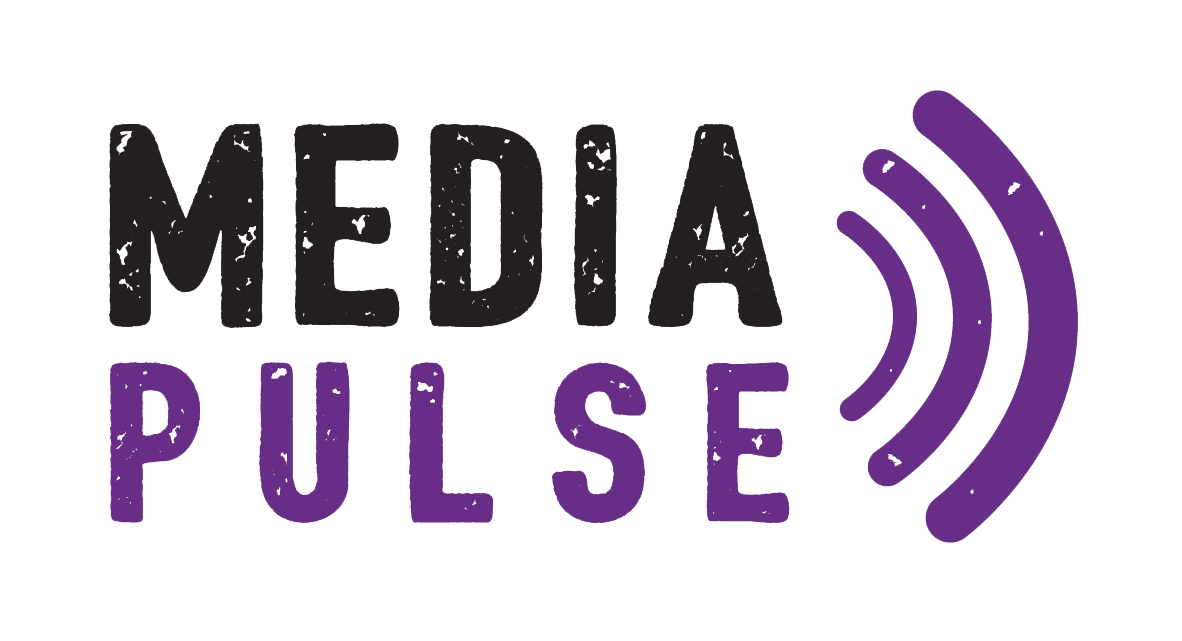A Beginner’s Guide to Paid Social Advertising
Credit: @ademay
By now, we all know that social media advertising is a must in order to be successful in best defining your brand. However, creating a balance between your organic content and paid social advertising can be tricky. Luckily, we’ve created this blog to better explain your options and guide you through the process.
When it comes to social media, everyone essentially has the same goal of reaching their target audience. In doing so, the likelihood of those people then visiting your website and making a purchase, or interacting with your content, becomes much more likely. However, with ongoing changes in social platform algorithms (how your post is seen), it’s becoming less and less common to rely on only organic posts, as paid social advertising guarantees you reaching your target audience.
Now, while we aren’t advising you to throw in the towel on your organic content, there should be some kind of balance between organic and paid content, certainly. The biggest challenge in creating this plan of action involves various parts, such as understanding social media advertising specifics, where to start, which networks you’ll want to utilize and how much you plan to spend, among other things.
Because every platform operates differently, having a strategy is key in successful paid social media advertising. At first, this might feel overwhelming, but once you get the hang of things, it’ll be more second nature. One of the first, and most notable aspects, is that when creating an advertising campaign, you’ll be able to hand-select your target audience. The more precise and true to your customer base, the better. However, platforms such as Facebook and Instagram will also let you target “lookalike” audiences, based on your business’ email list.
While you can let the platforms guide you through, it is important to truly know your audience. Prior to launching a campaign, it’s not a bad idea to consider a social media audit, just so you know where your customers are coming from exactly, target demographics and even what products or services you’ll want to promote first.
After your target audience has been confirmed, the next step is setting an ad budget. This comes in the form of two options, a daily or lifetime budget. Relatively self explanatory, putting money into your campaign will also take some time to figure out what best works for you. To best define how your budget is best being spent, be sure to start small and constantly refine and optimize your ROI versus your ad costs as not to risk overspending.
Before hitting the send button, to make sure that your paid advertising differs from your organic content, you’ll need to confirm that your slated paid post is centered around a specific product, service or promotion; includes a call-to-action; and leads to a landing page tied to the aforementioned promotion, product or service.
If carried out successfully, in that you’ve followed the steps outlined in this blog and crafted a campaign plan that works for you, your results should reveal:
Increased brand awareness;
Better lead generation; and
More direct sales.
Be sure to subscribe to our blog, as we’ll be releasing platform-specific guides to creating your own paid social advertising campaigns.


